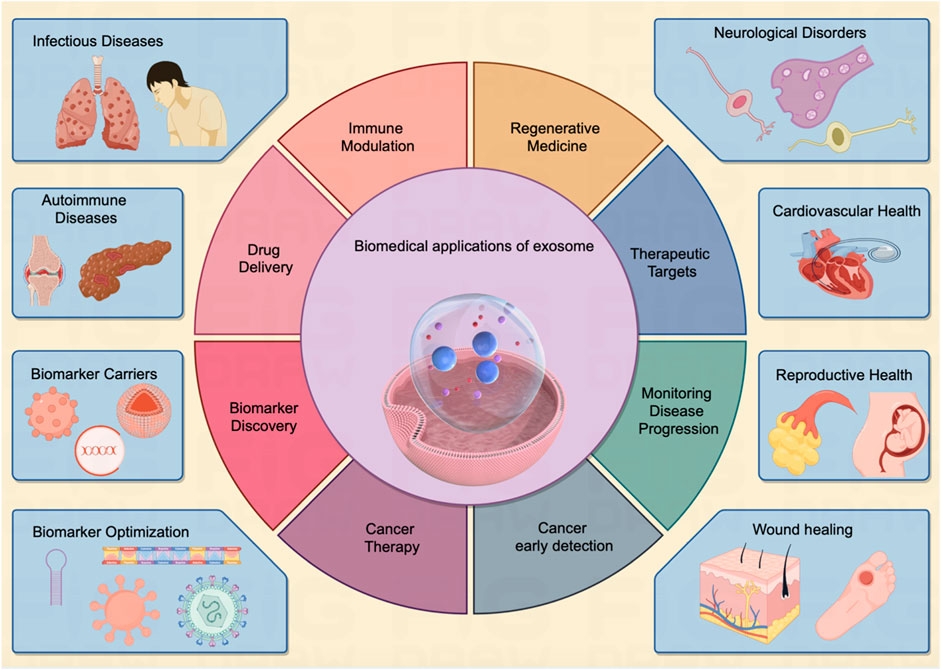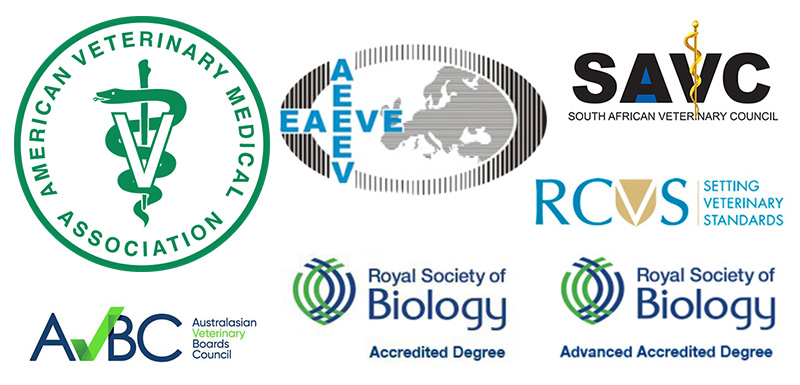Report on Challenges Faced by LGBTQI+ Communities in Accessing Healthcare
Criminalization and Stigma Impacting Healthcare Access
Globally, being LGBTQI+ remains criminalized in 71 countries, including 34 of the more than 70 countries where Médecins Sans Frontières (MSF) operates. This criminalization directly conflicts with the Sustainable Development Goals (SDGs), particularly SDG 3 (Good Health and Well-being) and SDG 10 (Reduced Inequalities), by deterring individuals from seeking essential healthcare services due to fear of legal repercussions.
Even in countries where same-sex relationships are legal, such as Rwanda, Egypt, Ukraine, and Greece, LGBTQI+ individuals face significant cultural and religious stigmas. These stigmas can lead to arbitrary arrests, physical violence, sexual and gender-based violence, and other hate crimes, including murder. Such conditions undermine SDG 16 (Peace, Justice and Strong Institutions) by perpetuating violence and discrimination against marginalized groups.
Discrimination by Healthcare Providers
Discrimination within healthcare settings further exacerbates barriers to care for LGBTQI+ individuals. Some healthcare providers harbor negative attitudes that manifest as verbal or physical harassment, provision of inappropriate care, minimization of health needs, or outright refusal of services. Breaches of confidentiality also occur, violating patients’ rights and trust.
These discriminatory practices contribute to delayed healthcare seeking behavior among LGBTQI+ patients, often resulting in advanced health conditions by the time care is accessed. This situation challenges the achievement of SDG 3 by limiting equitable access to quality healthcare services.
Key Issues and Recommendations
- Legal Reform and Policy Advocacy: Promote decriminalization of LGBTQI+ identities and enact protective laws to align with SDG 16.
- Addressing Stigma and Violence: Implement community education programs to reduce cultural and religious stigmas, supporting SDG 10.
- Healthcare Provider Training: Develop and mandate sensitivity and inclusivity training for healthcare workers to prevent discrimination and uphold confidentiality, advancing SDG 3.
- Safe and Inclusive Healthcare Services: Establish LGBTQI+-friendly healthcare environments to encourage timely and appropriate care.
Conclusion
The intersection of criminalization, stigma, and discrimination severely limits healthcare access for LGBTQI+ populations worldwide. Addressing these challenges is essential to fulfilling the Sustainable Development Goals, particularly those focused on health, equality, and justice. Collaborative efforts among governments, healthcare providers, and civil society are critical to creating inclusive systems that respect and protect the rights and well-being of LGBTQI+ individuals.

1. Sustainable Development Goals (SDGs) Addressed or Connected
- SDG 3: Good Health and Well-being
- The article discusses barriers to healthcare access for LGBTQI+ individuals, including stigma, discrimination, and criminalization, which directly impact health and well-being.
- SDG 5: Gender Equality
- Issues of discrimination and violence against LGBTQI+ people relate to achieving gender equality and empowering all women and girls, including sexual and gender minorities.
- SDG 10: Reduced Inequalities
- The criminalization and stigmatization of LGBTQI+ people contribute to social inequalities and exclusion, which SDG 10 aims to reduce.
- SDG 16: Peace, Justice and Strong Institutions
- Arbitrary arrests, hate crimes, and lack of protection for LGBTQI+ individuals relate to promoting peaceful and inclusive societies and ensuring access to justice.
2. Specific Targets under the Identified SDGs
- SDG 3: Good Health and Well-being
- Target 3.8: Achieve universal health coverage, including access to quality essential health-care services without discrimination.
- Target 3.7: Ensure universal access to sexual and reproductive health-care services.
- SDG 5: Gender Equality
- Target 5.1: End all forms of discrimination against all women and girls everywhere, inclusive of LGBTQI+ individuals.
- Target 5.2: Eliminate all forms of violence against women and girls in public and private spheres, including sexual and gender-based violence.
- SDG 10: Reduced Inequalities
- Target 10.3: Ensure equal opportunity and reduce inequalities of outcome, including discrimination based on sexual orientation and gender identity.
- SDG 16: Peace, Justice and Strong Institutions
- Target 16.3: Promote the rule of law and ensure equal access to justice for all.
- Target 16.1: Significantly reduce all forms of violence and related death rates everywhere.
3. Indicators Mentioned or Implied to Measure Progress
- Indicator related to SDG 3
- Proportion of population covered by health insurance and access to essential health services without discrimination (implied by discussion on healthcare access and discrimination).
- Incidence and prevalence of health conditions among LGBTQI+ populations, particularly those related to sexual and gender-based violence.
- Indicator related to SDG 5
- Prevalence of violence against LGBTQI+ individuals, including sexual and gender-based violence (implied by references to hate crimes and violence).
- Legal frameworks protecting against discrimination based on sexual orientation and gender identity.
- Indicator related to SDG 10
- Extent of discrimination experienced by LGBTQI+ individuals in healthcare and other sectors (implied by examples of discrimination and stigma).
- Indicator related to SDG 16
- Number of arbitrary arrests, hate crimes, and violations against LGBTQI+ people reported.
- Access to justice for victims of discrimination and violence.
4. Table: SDGs, Targets and Indicators
| SDGs | Targets | Indicators |
|---|---|---|
| SDG 3: Good Health and Well-being |
|
|
| SDG 5: Gender Equality |
|
|
| SDG 10: Reduced Inequalities |
|
|
| SDG 16: Peace, Justice and Strong Institutions |
|
|
Source: doctorswithoutborders.org







